Reading the Grain: A Beginners Guide
If you can understand what’s going to affect the hand tool that you work the wood with, you can shorten the time spent working against the grain. In this guide you will learn all you need to know about reading the grain, what it is, how to do it and why you need to do it.
Knots
Reading the grain is interpreting what is going on inside the wood. It is useful to know because it allows you to work more economically and not waste wood, time and effort.
Start by identifying any knots in your wood, this will tell you where the branches were in the tree as it grew. What is happening beneath the surface of the wood often shows what is happening in the surface fibres.
It is best to use a shallow setting on your plane around knots and the surrounding area as they are surrounded by varying directions of grain which can be tough to plane and problematic to work with a heavy set.
Some knots are no longer connected to the body of wood, these are called ‘dead knots’ and can be removed with a little effort. You can also glue dead knots and any loose knots and parts of knots in place, this works well to keep the natural look in the wood.


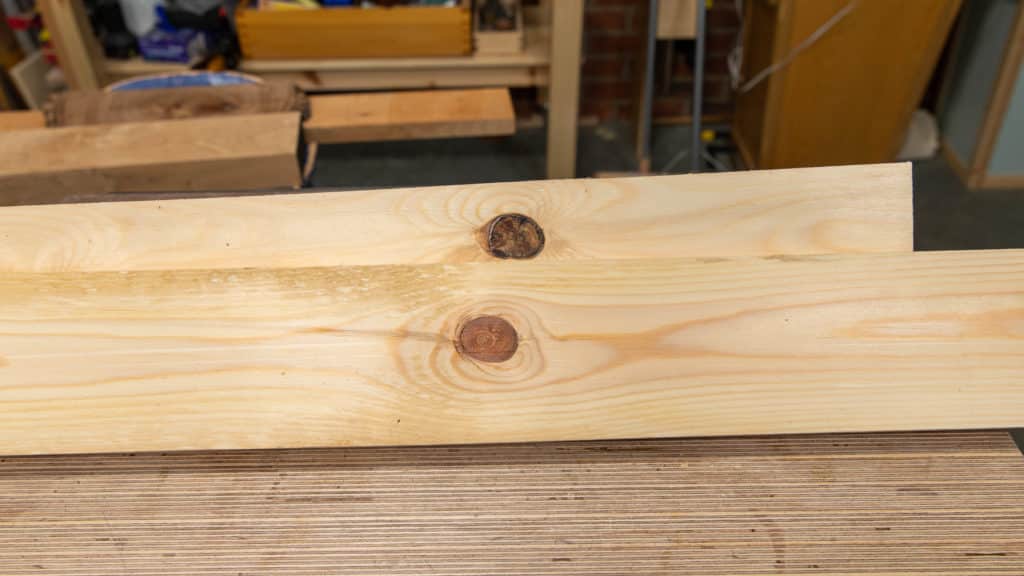
Growth Rings
You may have already heard of growth rings or annual rings which is where the tree grows another layer, depending on the location and climate, these can either be close together or far apart depending on the tree type, climate and other conditions surrounding the tree throughout periods of growth. Check the end grain of your wood to find these growth rings, you will be able to tell which face of your wood was closest to the centre of the tree by the diminishing diameters of the growth rings.
When choosing wood, it is helpful when the growth rings are nearer together as there will usually be less wood movement such as shrinkage. The wider the spring and summer growth the greater the expansion in periods of high humidity.
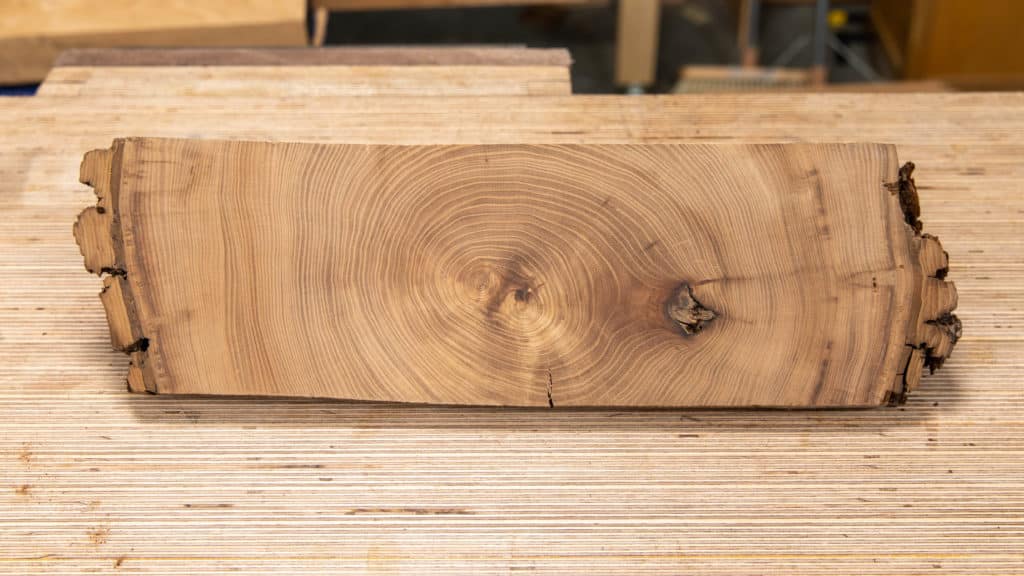
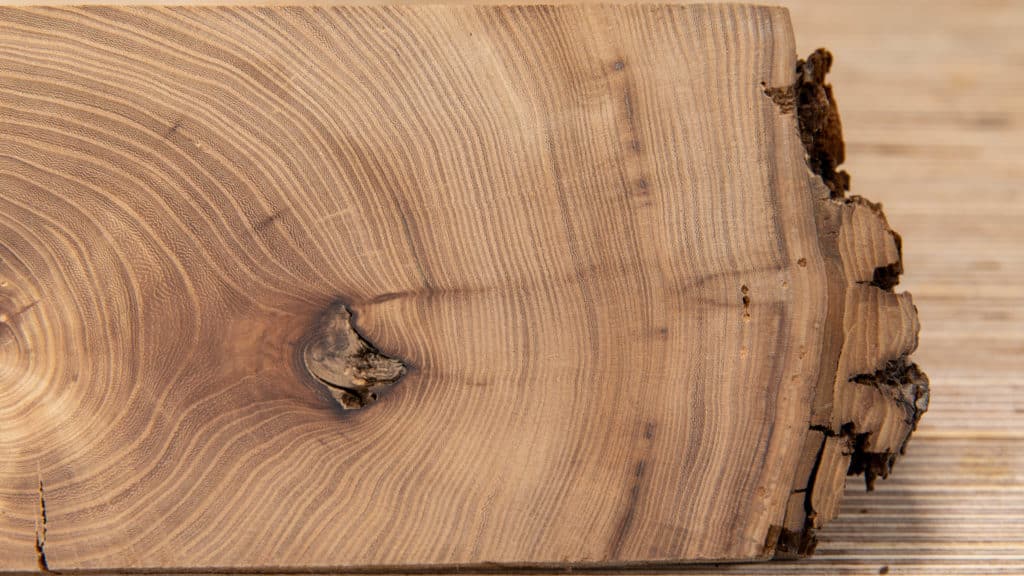
Grain Direction
You can use your fingernail against the wood to determine the direction of the grain, if your nail catches, you know that you are moving against the grain so you should plane the other way, with the grain.
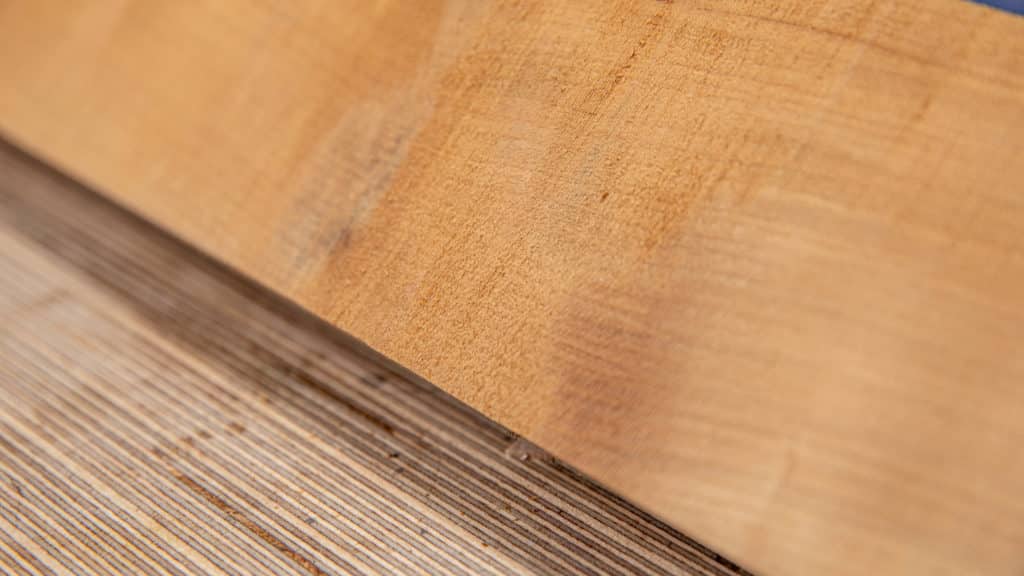
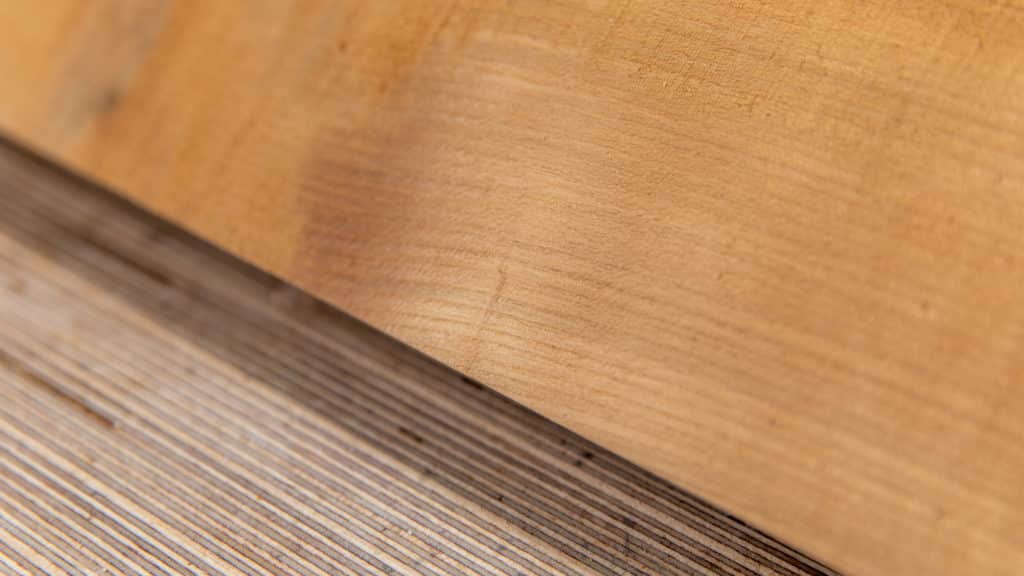
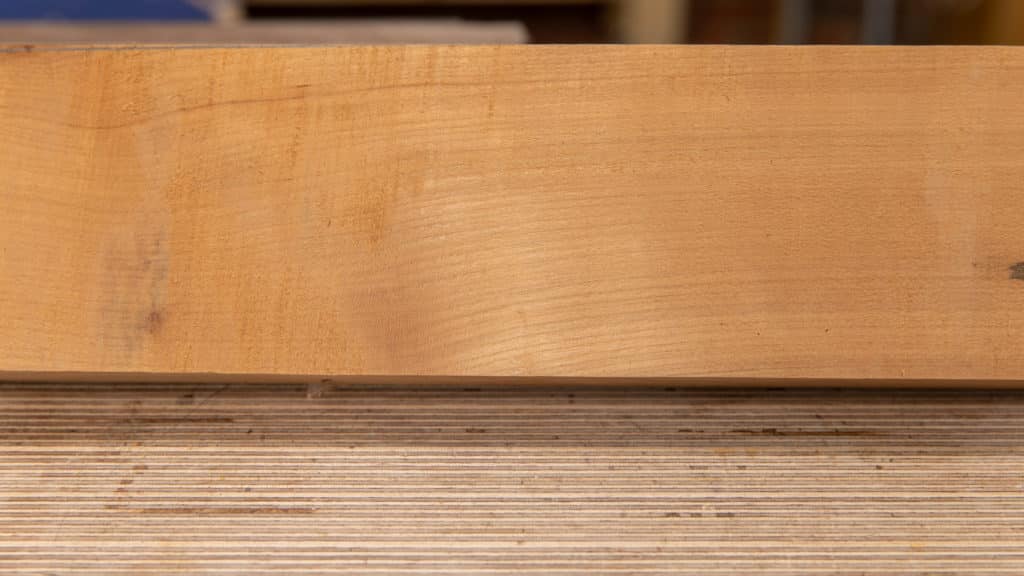
If a piece of wood has a visually complicated grain, it may be worth using a scraper and not a plane as it will be very difficult to find areas where you can be sure you’re planing with the grain. The cutting edge on a scraper is a highly refined edge enabling the cutting edge to enter the grain at the shallowest angle possible.
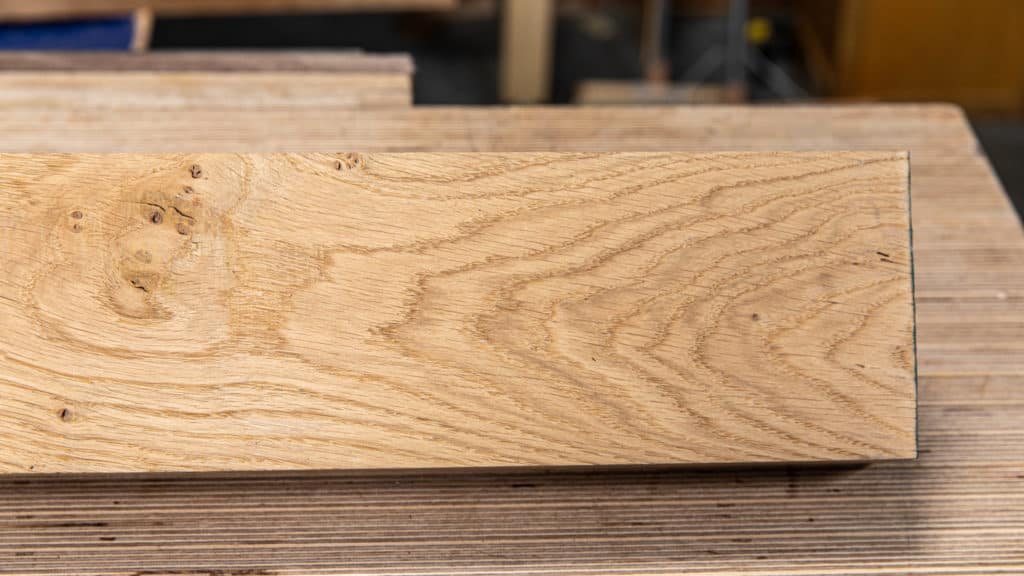
Further Information
For more information on this, we recommend the following video from Paul’s YouTube:


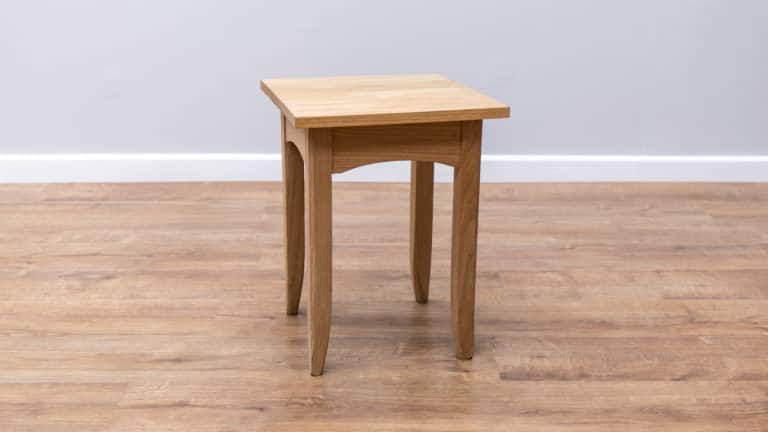


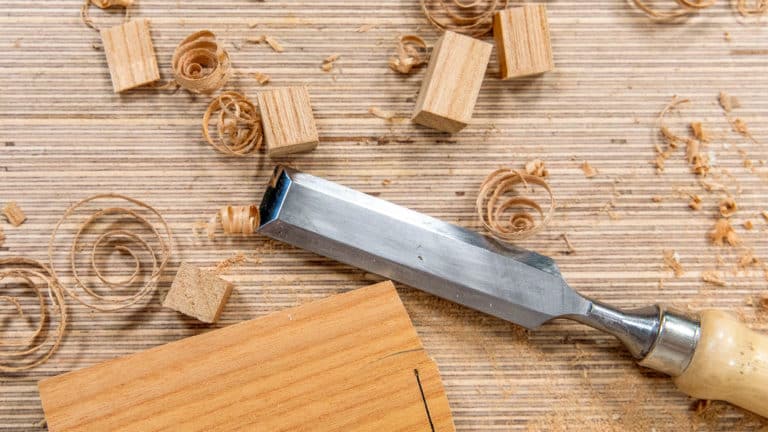

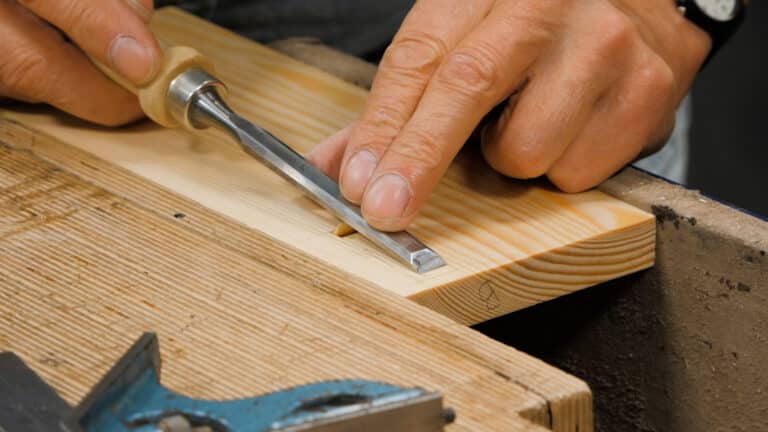
Thank you for the finger nail hint for working out the grain, I was trying to plane a length of wood and was spinning the thing around like a propeller blade as I was struggling to get it to shave anything without getting stuck.
Will give it a try.
Thank you
Sim, muito útil a dica da unha e do raspador. Estou tentando estudar mais sobre o elemento Madeira. Comparo ela como um quinto elemento, KKKKK